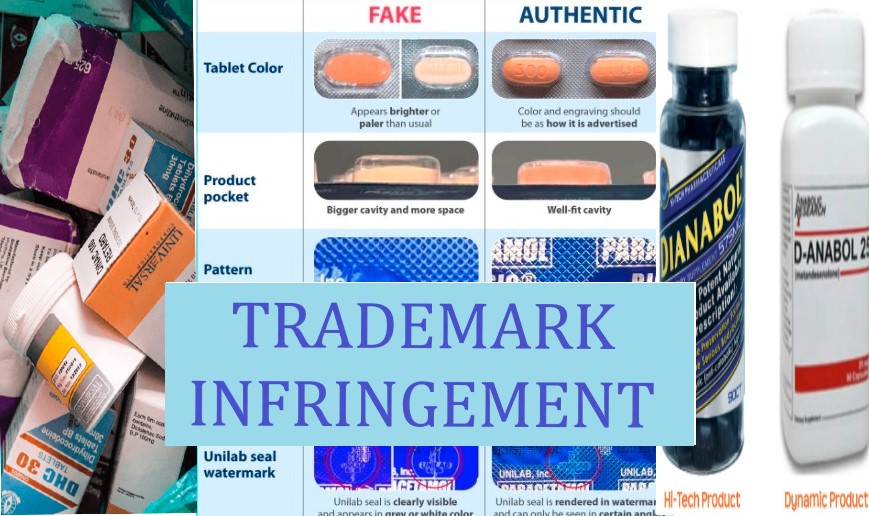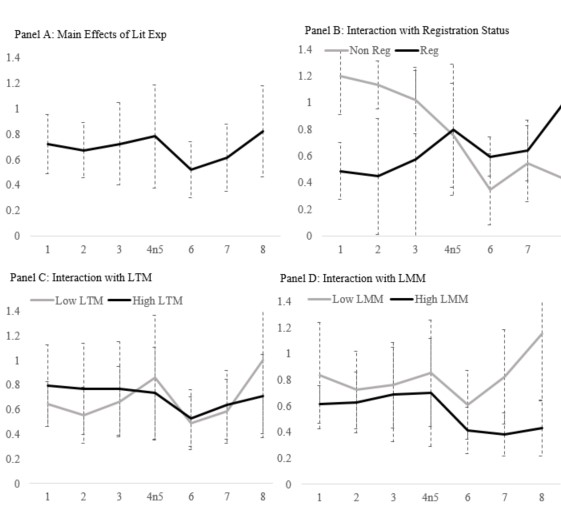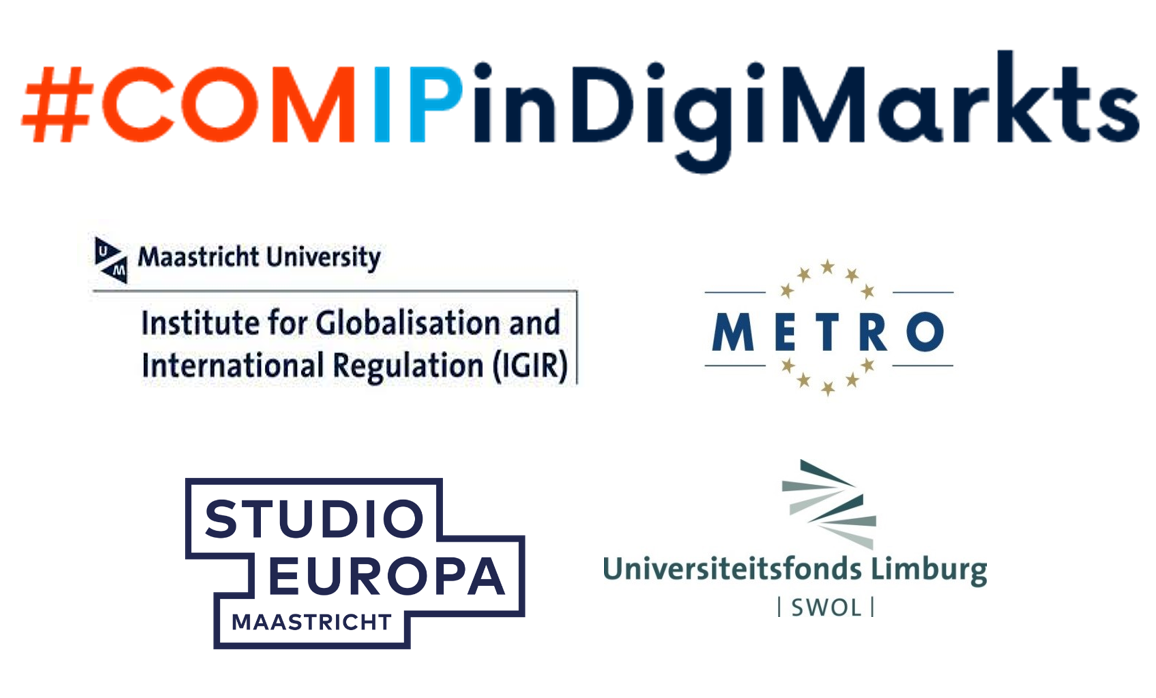Take no prisoners: litigations strategy against trademark infringement

Can firms undertake costly litigation to protect its brand's core market against infringers? Trademarks are an important intellectual property that plays a significant role in commercialization of a product. Despite several international treaties that aim to protect this right for a firm, competitors do engage in considerable amount of trademark infringements for economic reasons. Our research shows that firms that develop a reputation of toughness against trademark infringement create a deterrence effect for future infringers.
Main Points
- Digitalization has unintendedly spurred the sale of counterfeit pharmaceutical products. Trademark infringements increase the potential for the counterfeiters to sale their low-quality and fake drugs.
- Firms that develop a reputation for toughness against trademark infringements can deter competitors from undertaking such infringements in the future. This deterrence effect is much stronger for trademarks of drugs that are generate greater revenue for firms.
- This has far-reaching implications in protecting the consumer welfare in the healthcare sector.
Introduction
Counterfeiting of pharmaceutical products has been a persistent problem for both policy makers and consumers. The World Health Organization (WHO) identified counterfeit drugs as “one of the urgent health challenges for the next decade”. These counterfeits drugs constituted about 3.3% of total world trade in 2019 (OECD, 2019); most importantly costs the lives of 250,000 per year. Digitalization has unintendedly contributed to the increase in scope and scale of trade in counterfeit drugs. The counterfeiters have been able to enter at a lower cost and hide their operations much more effectively. It has facilitated the sales of these lower quality products not only in the domestic market, but also export it to other countries (for instance: antibiotics sold to US consumers from counterfeiters in India or China through digital platforms). Lancet reported that 50 percent of drugs sold through these online pharmacies were found to be fake and poor quality (Lancet, 2015). Furthermore, the problem is exaggerated by weak institutional measures to tackle the trade of counterfeit drugs in both developed and developing countries.
While India is praised as the “pharmacy of the world”, it is one of the largest suppliers of counterfeit drugs constituting about 53 percent of the total seized value of counterfeit pharmaceutical products and medicines in 2016 (OECD and EUIPO, 2020). This is despite the fact that India has been a signatory to the Trade-Related Aspects of Intellectual Property Rights (TRIPS) since 1995. The poor enforcement of intellectual property rights by the Indian judicial system has created favourable conditions for the supply of counterfeit drugs to both domestic and international markets.
Given this background, our paper investigates whether trademark litigations can be adopted by trademark-holding firms to protect its market from infringing firms. In other words, our objective is to understand whether trademark-holding firms can use litigation against trademark infringement to convey a signal of toughness thereby enhance its ability to protect its core market. We explore this protection mechanism in the setting of Indian pharmaceutical industry where the legal enforcement has found to be weak in nature.
Impact of Litigation on Trademark Infringement
The relationship between trademarks and brands is well established. Trademarks plays an important role in developing brand loyalty and appropriating economic rents, in addition to protecting from future infringements. We examine whether firm’s use of litigation creates a deterrence effect against future trademark infringement. We developed a theoretical model to formalize the gains enjoyed by the trademark-holding firm by creating a reputational effect (through pursuit of litigation) to deter any threat from a potential infringer. Our primary proposition is that developing such a reputation by trademark-holding firm would deter a potential infringer from infringing. We also expect that this effect to be stronger in lucrative markets, since that constitutes the trademark-holding firm’s core market.
Leveraging data from All India Organization of Chemists and Druggists (AIOCD) and Manupatra India Law Legal Database, we constructed a dataset of pharmaceutical drug markets in which litigations against trademark infringement were undertaken by the trademark-holding firm. Our outcome variables constitute (a) number of infringing trademarks captures the extent of trademark infringement problem faced by a firm; and (b) trademark distance captures the intensity of competitors’ trademark infringement faced by a firm. The variable of interest is the number of past litigations undertaken by a firm against trademark infringement. We include a host of control variables and fixed effects (such as price, age of the firm, and others) to control of any observed and unobserved heterogeneities that may play a role in affecting future trademark infringement by competitors.
Figure 1 provides the estimation results of past litigations on number of infringing trademarks (see Panel A). Note that these results depicted are relative to firms which decided not to litigate against trademark infringement. So, the graph depicts the reduction in risk of being infringed for firms with one or more litigation experience, relative to firms that did not litigate against trademark infringement at all.
We find that a firm with 1 or more litigation experience faces lower risk of being infringed, relative to those which decided not to litigate against trademark infringement at all. Having said that, there appears to be a threshold in terms of relative risk of being infringement through litigation. To explain, we find that the risk of being infringed reduces considerably by 30 percentage points for firms that had pursued one to five litigations against trademark infringement. The greatest reduction in risk of being infringed is observed for firms that pursued six litigations against trademark infringement – around 42 percentage point reduction in risk of being infringed. Any additional number of litigations results in risk of being infringed similar to that of firms that had pursued one to five litigations.
This observed threshold in deterrence effect may be explained by the heterogeneous impact of litigations by lucrativeness of the market. We believe that the general deterrence effect is reflective of the impact of litigations against infringement of trademarks that exist in low lucrative markets, as evidenced in Panel D – Figure 1.
On the other hand, and more importantly, we find that the relative risk of being infringed reduces considerably as firm pursue more litigation against infringement for trademarks that are in lucrative markets. We observe a 60-percentage point reduction in risk of being infringed for trademarks in lucrative markets for firms that had pursued the highest number of litigations against infringement by competitors. Firms that pursue more litigation develop a reputation of being tough against trademark infringement. This reputation in turn creates a deter competitors from infringing especially on those trademarks in the lucrative markets.
Similar effects were observed for our second outcome variable – trademark distance. Our estimation results show that firms that litigate more against trademark infringement induce their competitors to name their trademarks much more differently, relative to firms that do not litigate at all. In essence, firms that develop a reputation for toughness against trademark infringement enjoys a reduction both in volume and intensity of infringement from competitors.
Conclusions
The essential role of the institution’s ability to enforce the regulations has been discussed extensively in the debate on intellectual property rights protection. Our analysis shows that firms can adopt non-market strategies to protect its intellectual property rights, such as reputation for toughness against infringements, especially in weak institutional settings. Litigations can safeguard the economic rents that can be generated from trademarks for a firm. In addition, firms can develop the legal landscape by pursuing litigations, thereby strengthening the enforcement of intellectual property rights.
On a broader level, our research has implications for consumer welfare and health care provided in a country. It is clear that these counterfeit drugs are fake and lower quality in nature. The counterfeiters manage to successfully sell these low-quality drugs by infringing on well-established trademarks. Our research shows that litigations induce competitors to name their brand names much more differently. This could facilitate in reducing the confusion between original and fake products for consumers. In addition, litigations can increase the cost for counterfeiters than the potential economic rent appropriated through infringing an established trademark. Therefore, firms’ decision to be tough against trademark infringement can contribute significantly in protecting the consumer welfare, especially in the healthcare sector.

Notes: 1. Any value lower than one means that an increase in litigation experience results in a lower probability of trademark infringement faced by a firm, in comparison to the base/reference outcome (zero litigation experience). The opposite is true for any value greater than one. 2. Non Reg, Reg, LTM, and LMM means non-registered trademarks, registered trademarks, lucrative trademarks, and lucrative molecule market respectively. 3. The dashed lines with caps represent the standard errors clustered at the firm level.
| This guest blog was written by Shreekanth Mahendiran for the IGIR and METRO Faculty of Law Maastricht #COMIPinDigiMarkts2022 project - More blogs on Law Blogs Maastricht |

This guest blog is part of the project #COMIPinDigiMarkts2022. These blogs have been specially prepared by participating internal and external project members and focus on competition law and IP law, with particular reference to the digital markets.